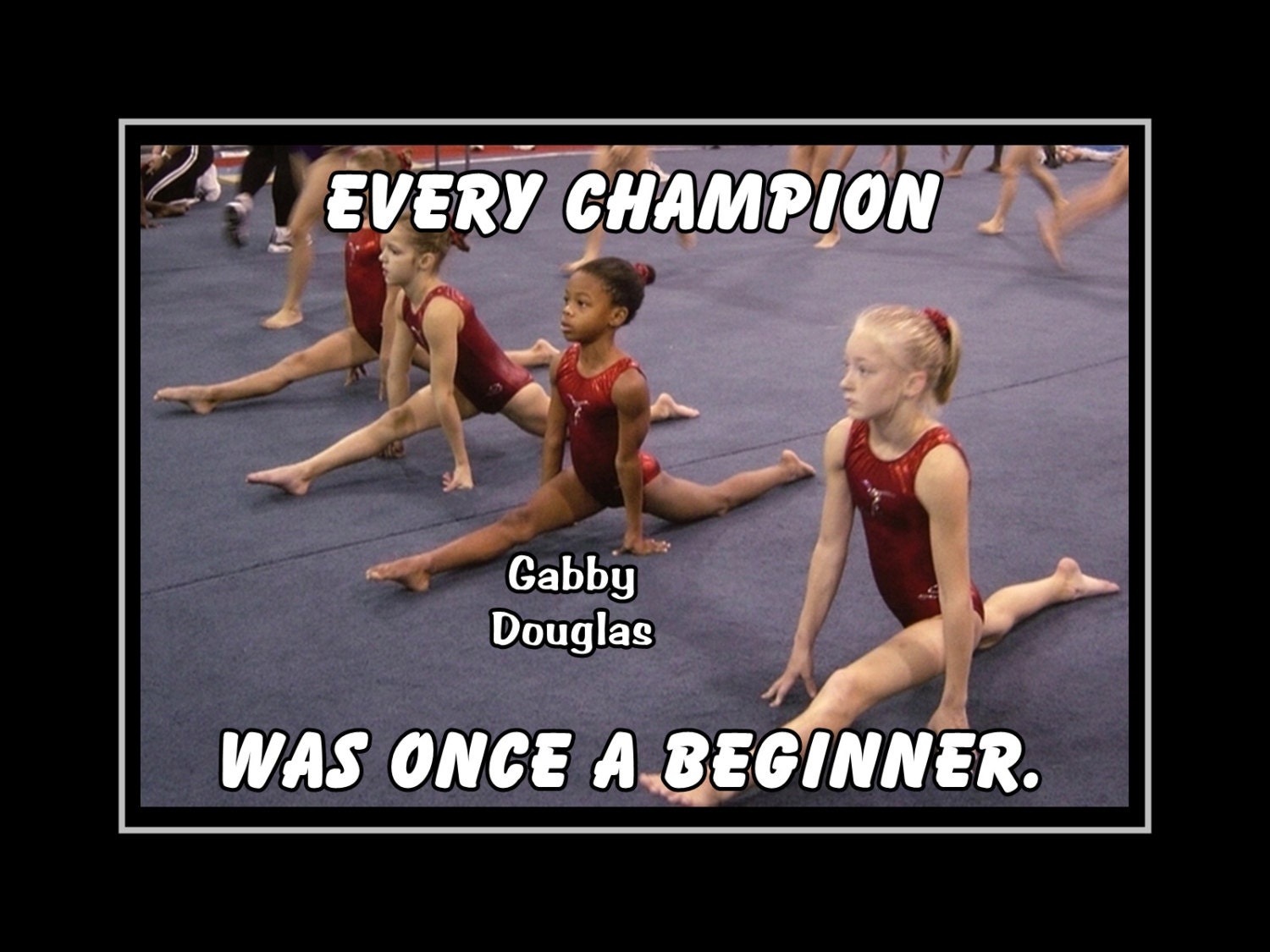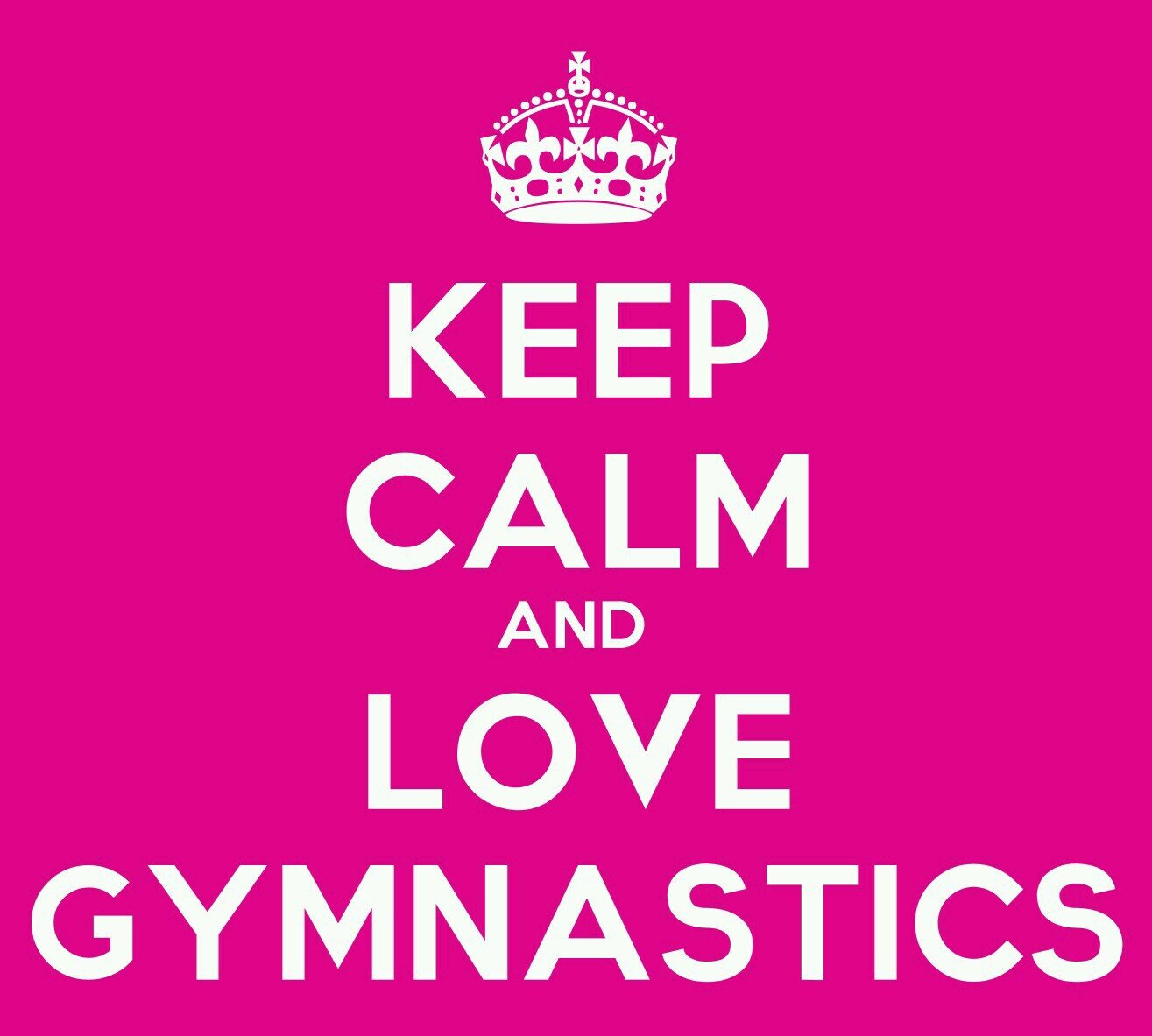I'm sorry i have not been posting much lately, I've been really busy, I'm hoping sometime this summer to open a you tube channel about gymnastics, I will be doing challenges,tutorials,tricks and more.
I will try to find some time to write a better post very soon.
Gymnastics
Welcome to my blog i'm a gymnasts and figure skater.
Saturday, August 13, 2016
Tuesday, March 29, 2016
Back handspring exerices + drills
Back handsprings are an essential tumbling skill,
forming the foundation for complex tumbling moves and more advanced
skills, including tucks, flips and aerial exercises. Perfecting the back
handspring can be challenging. This skill requires strength,
flexibility and confidence and may take months of consistent training
and practice to learn and perfect.
Some basic exercises at home or at the gym can
help develop the strength and flexibility required for back handsprings.
Do handstands at home, either against the wall or free standing. Take
time for pushups and situps daily to strengthen the abdominal, back and
shoulder muscles. Hold a 5-lb. weight or a pair of 5-lb. weights during
workouts in each hand and lift straight up above your head to work key
arm and shoulder muscles.
Several drills can help to prepare you for a back
handspring. Stand slightly away from a wall, leaving enough room for
your thighs, and slide into a wall sit. This will help to develop a feel
for the correct positioning of the starting movement of the back
handspring. Work on back limbers over a rounded half-circle mat to
develop the muscles and movement needed in your back for the trick.
Practice jumping backward onto a mat or into a pit of foam blocks to
build your confidence when you push off the ground.
Depending upon your gym, you may start back
handsprings on the floor, trampoline or a wedge mat. You may use a mat
for support on the floor or trampoline and the coach will spot, or help
support you, through back handsprings as you learn to do them
independently. To do a back handspring, you'll stand with arms in front
of you or above your head and spring backwards while arching your back.
Keep your back arched until your arms hit the floor, then spring in a
hollow position from your hands to your feet, ending with your feet
together and arms in front.
Once you can do a back handspring with a mat,
you'll begin to work on a round-off back handspring, gradually reducing
your mat thickness until you can do a round-off back handspring on the
floor and eventually a standing back handspring on the floor. Once you
can do a standing back handspring, you'll learn to do more than one in a
row for tumbling passes, then build on these skills. Do back
handsprings regularly to maintain the strength and flexibility you need.
Monday, March 28, 2016
Level 1 Gymnatics requirements
Floor
Cartwheel
Beam
In Level 1, a gymnast learns to mount the beam by jumping to a front support with the beam at her hips, and to dismount with a stretch jump, meaning she stretches her body up as she jumps with her arms above her head. A gymnast also learns the tuck sit, with her knees at her chest. She practices the coupe walks and candlestick on the beam, as well as releve walks, which are simply walking on the toes with the arms outstretched above the head. Finally, she must hold an arabesque, also known as a scale, by standing on one foot while leaning forward, extending the other leg behind her and outstretching her arms at her sides.
Bars and vault
In Level 1, a gymnast doesn’t actually use the vaulting table. Instead, she simply does a straight jump onto a mat that is at least 8 inches high. On the bars, she performs a pullover -- pulling her legs completely around the bar. In the Level 1 cast, she begins in a front support with her hips at the bar and pushes her hips off the bar, driving her legs behind her. In the back hip circle, she begins with a cast and then returns to the bar, and rolls her body backward around the bar. The final progression is pushing off a cast as a way to dismount. USA Gymnastics allows a minimal spot, or assistance, on some Level 1 bar skills.
Cartwheel
 |
| Bridge |
| Backwards tuck roll |
| Forwards tuck roll |
| Candlestick |
| Beginning a Split leap |
Beam
In Level 1, a gymnast learns to mount the beam by jumping to a front support with the beam at her hips, and to dismount with a stretch jump, meaning she stretches her body up as she jumps with her arms above her head. A gymnast also learns the tuck sit, with her knees at her chest. She practices the coupe walks and candlestick on the beam, as well as releve walks, which are simply walking on the toes with the arms outstretched above the head. Finally, she must hold an arabesque, also known as a scale, by standing on one foot while leaning forward, extending the other leg behind her and outstretching her arms at her sides.
Bars and vault
In Level 1, a gymnast doesn’t actually use the vaulting table. Instead, she simply does a straight jump onto a mat that is at least 8 inches high. On the bars, she performs a pullover -- pulling her legs completely around the bar. In the Level 1 cast, she begins in a front support with her hips at the bar and pushes her hips off the bar, driving her legs behind her. In the back hip circle, she begins with a cast and then returns to the bar, and rolls her body backward around the bar. The final progression is pushing off a cast as a way to dismount. USA Gymnastics allows a minimal spot, or assistance, on some Level 1 bar skills.
Sunday, March 27, 2016
Basics gymnastics floor skills
Womans Artistic Gymnastics events
In artistic woman gymnastics there are 4 events Vault,uneven bars,Beam and floor.
Vault
Vault is one of the four events in woman's gymnastics, It is an explosive event that lasts only a few seconds: A gymnast runs full speed to a table perched at the end of a runway, then springs off the apparatus in a graceful, yet powerful combination of flips and twists, before landing (hopefully upright) on the mat.
Uneven bars
The bars are parallel to each other and set at different heights, with the low bar at about 5 and 1/2 ft., and the high bar usually over 8 ft. (This height is adjustable)Most lower level gymnasts perform on the lower bar, higher gymnasts perform on both bars.
Beam
A balance beam is 4 inches (10 centimeters) wide Competitors Perform jumps,leaps,running steps,
turns and tumbling using the whole length of the beam. A beam routine must be a minimum of 60 seconds at the most 90 seconds.
Floor
The floor exercise is a square, about 40 ft. long by 40 ft. wide. It's usually made of foam and springs, and covered with carpeting. A gymnast performs Dance and tumbling skills to music.
Gymnasts must use the entire floor mat during their routine, but cannot step off the floor mat at any time, or a deduction is taken.
A floor routine lasts up to 90 seconds.
Vault
Vault is one of the four events in woman's gymnastics, It is an explosive event that lasts only a few seconds: A gymnast runs full speed to a table perched at the end of a runway, then springs off the apparatus in a graceful, yet powerful combination of flips and twists, before landing (hopefully upright) on the mat.
Uneven bars
The bars are parallel to each other and set at different heights, with the low bar at about 5 and 1/2 ft., and the high bar usually over 8 ft. (This height is adjustable)Most lower level gymnasts perform on the lower bar, higher gymnasts perform on both bars.
Beam
A balance beam is 4 inches (10 centimeters) wide Competitors Perform jumps,leaps,running steps,
turns and tumbling using the whole length of the beam. A beam routine must be a minimum of 60 seconds at the most 90 seconds.
Floor
The floor exercise is a square, about 40 ft. long by 40 ft. wide. It's usually made of foam and springs, and covered with carpeting. A gymnast performs Dance and tumbling skills to music.
Gymnasts must use the entire floor mat during their routine, but cannot step off the floor mat at any time, or a deduction is taken.
A floor routine lasts up to 90 seconds.
Subscribe to:
Comments (Atom)



